Meet Anthony Catania | Founder, AMC Architecture & Design LLC
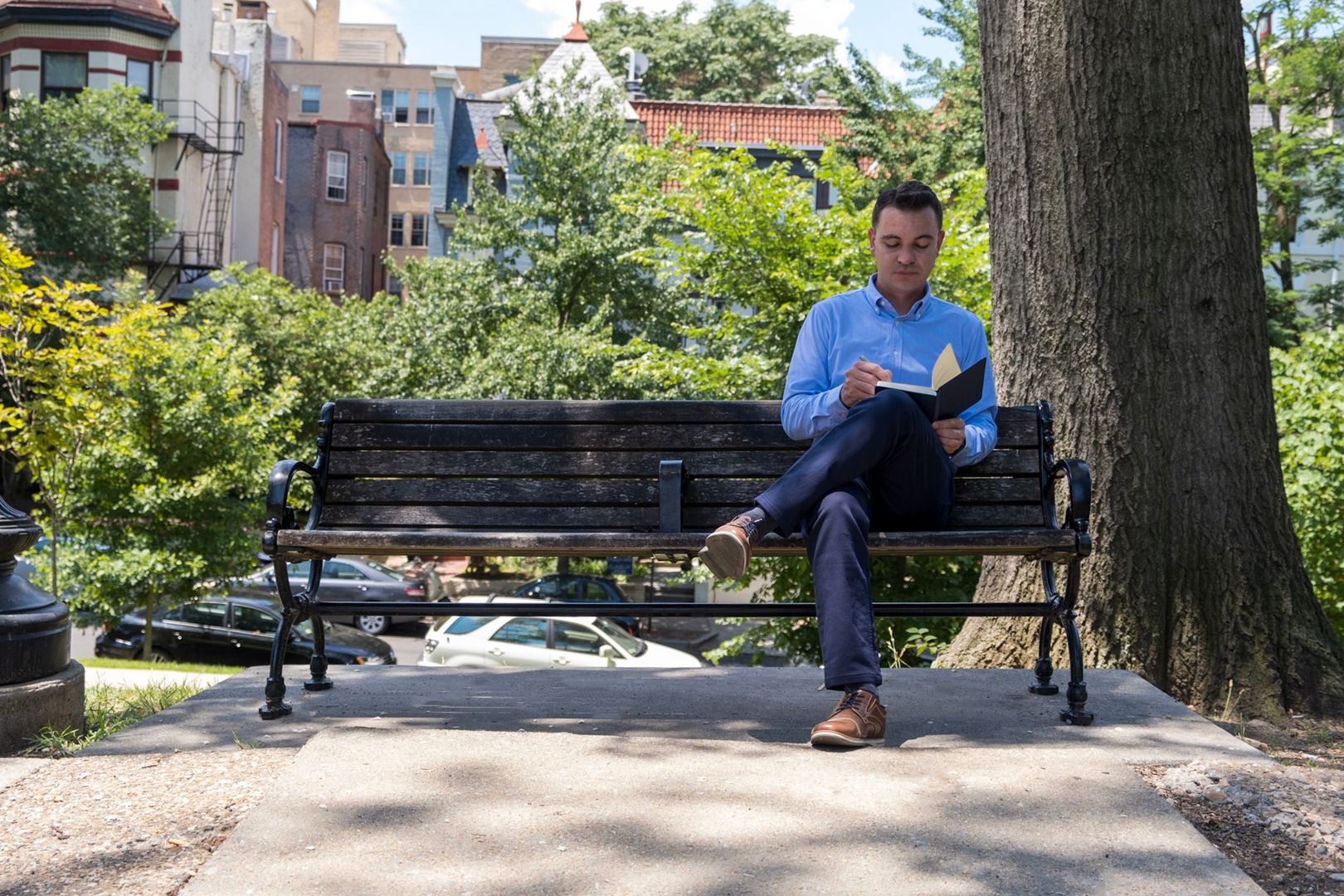
We had the good fortune of connecting with Anthony Catania and we’ve shared our conversation below.
Hi Anthony, we’d love to hear more about how you thought about starting your own business?
Throughout my career, working at other companies, I gained very valuable experience across a very wide range of different aspects of the architectural profession–more so than many practitioners. This experience ranged not only in the design of individual buildings, but the design of a wide variety of different building types, as well as the design of entire new towns and communities (with much of the coordination that it takes for complex projects like this to be realized).
At first, I had little desire to start my own practice, but as time went on, I realized that my combined skill set from my various previous employers was in high demand. In particular, I had become accustomed to working with a particular kind of client–one who starts a project with a clear design vision, and builds the financial model around that vision. These are the kind of clients that I most enjoy working with and having my own practice allows me the freedom to do that.
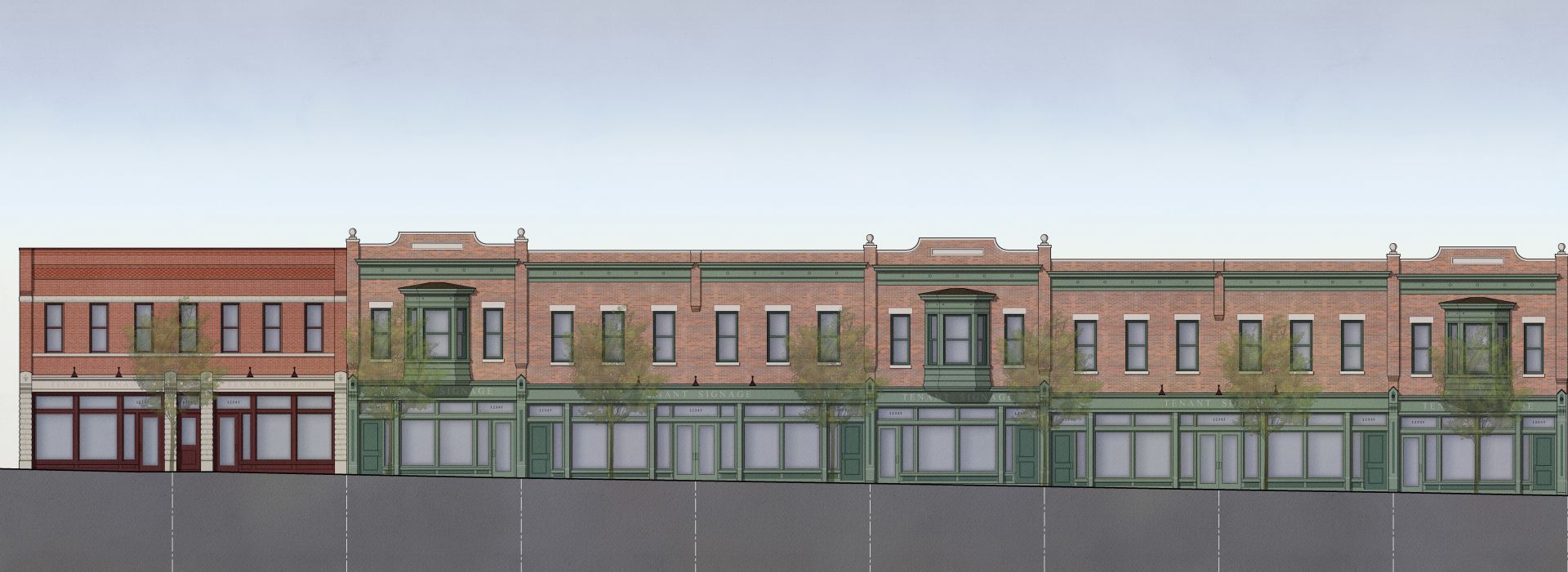
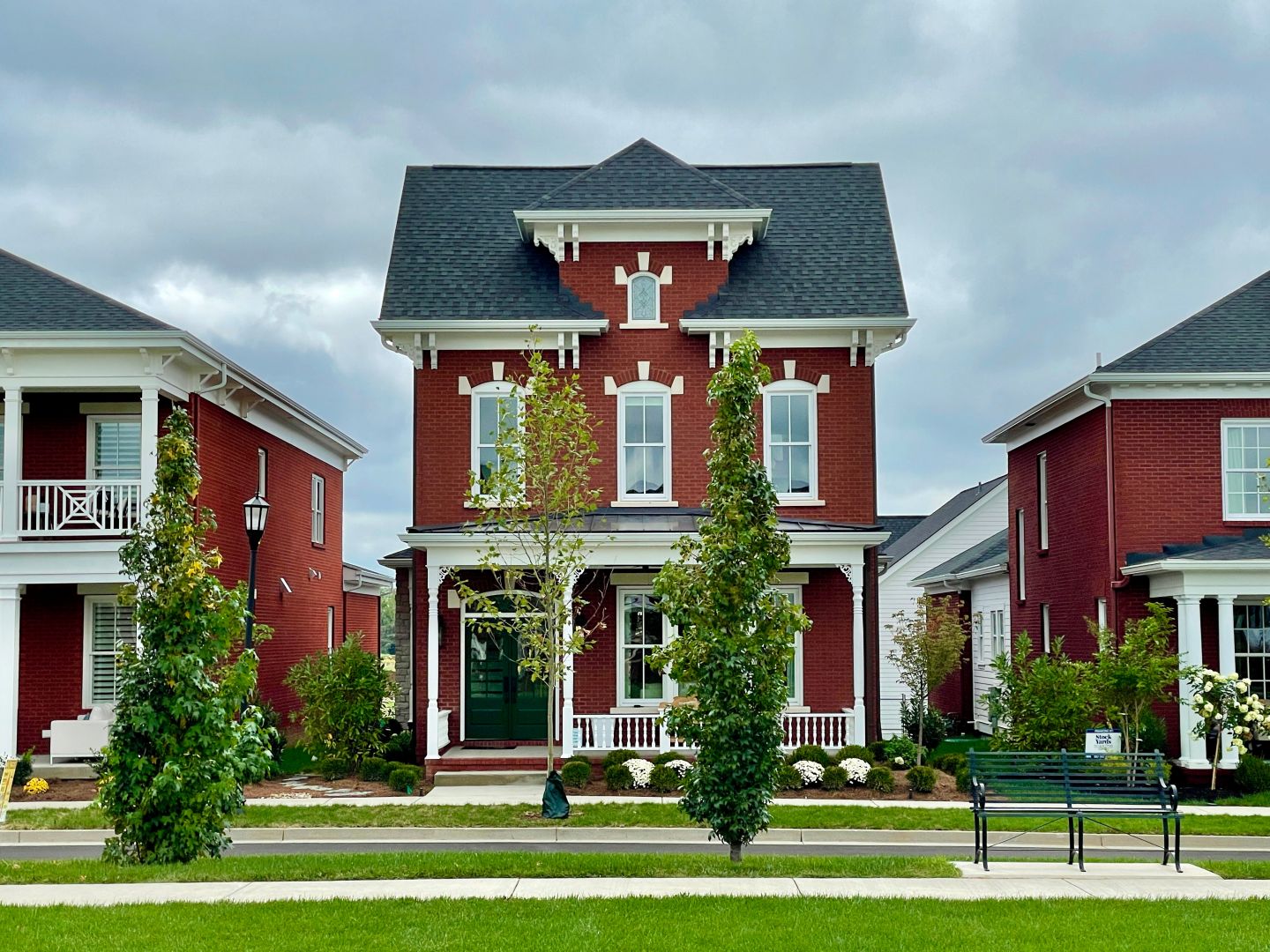
Alright, so for those in our community who might not be familiar with your business, can you tell us more?
I established AMC Architecture & Design LLC in March 2021 to focus on the design of traditional urban building types. From catalog homes, to semi-custom and custom homes, to apartment houses and mixed-use buildings, my design process is guided by an attention to historic precedent as well as the ability of architecture to foster a sense of community. AMC specializes in building types that are well-suited for new, walkable communities as well as existing and reviving urban neighborhoods. My firm’s mission is to deliver building designs that are simple in their form, but sophisticated in their composition and detailing, and functional in their use—all while responding to the local context and reinforcing the identity of a place. Routinely, the work of my firm also involves the design or more than one building at a time, situated to define new public spaces and even new neighborhoods.
I was fortunate in establishing my business because of the network of design professionals with which I am affiliated–groups and organizations like the Congress for the New Urbanism, the Institute of Classical Architecture & Art, the National Town Builders Association, the Urban Guild, and others. This opened me up to a world of like-minded professionals (and clients), all working at various scales around the country on the type of work in which my practice specializes, and for which I am most passionate.
I can tell you that one thing I’m not concerned with is becoming a world-famous architect–a “star-chitect” as they say. For a lot of people, that’s difficult to understand, because it’s almost as if architects are supposed to want that. They are “supposed” to design massive structures and designs like no one has ever seen before. For me, I believe that the profession needs more designers to be focused on the quality of our everyday environments and everyday buildings—the “background buildings” that make up the “fabric” of our cities and neighborhoods. I would like to be known for taking on that challenge (along with many others of course) of reintroducing the dignity of well thought-out and quality design to our everyday environments, and the fabric of our cities.

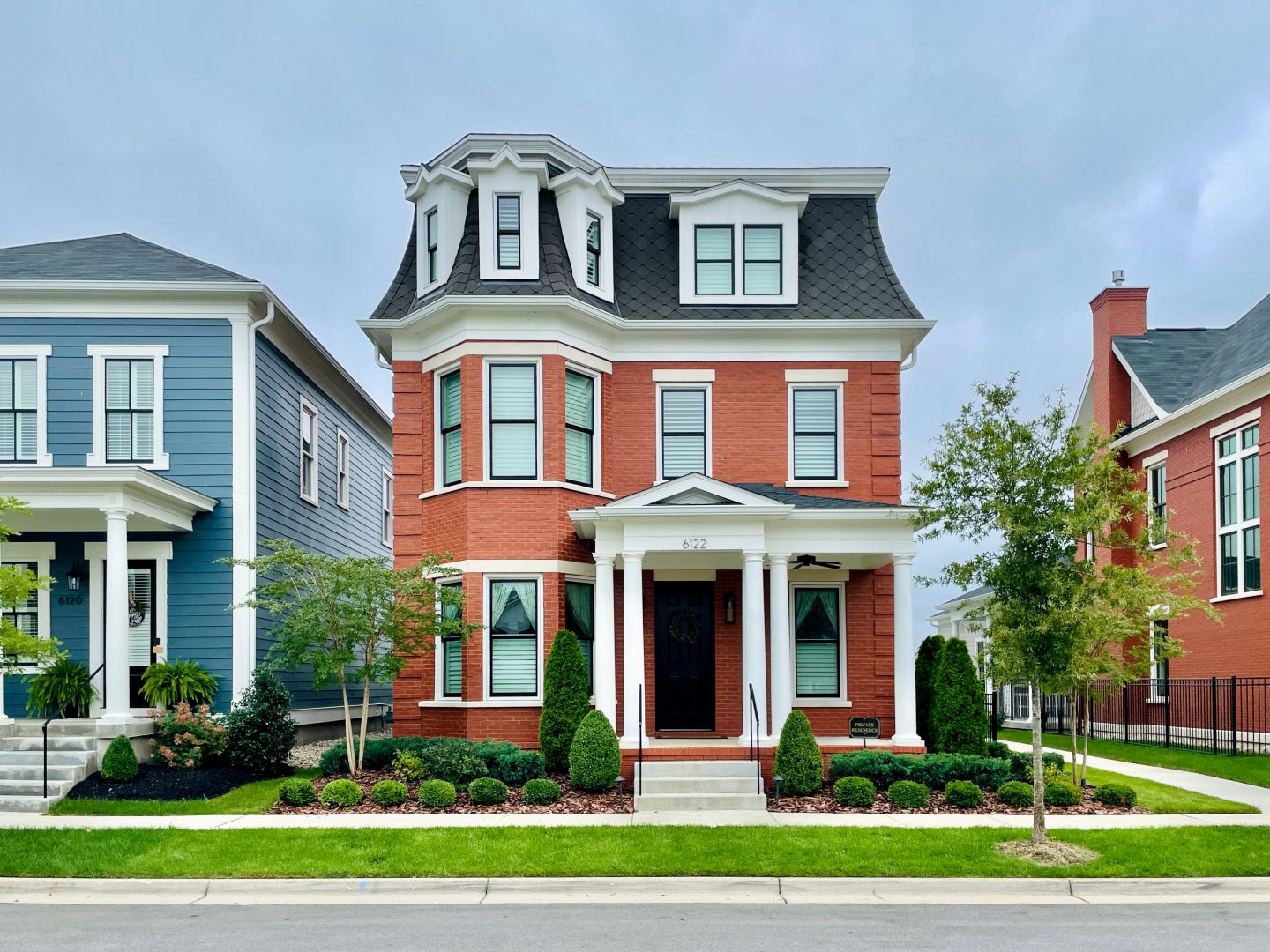
Let’s say your best friend was visiting the area and you wanted to show them the best time ever. Where would you take them? Give us a little itinerary – say it was a week long trip, where would you eat, drink, visit, hang out, etc.
Because I have spent a lot of time exploring Washington, DC, where I have called home for the last 9 years, it would be difficult to narrow down the things to see, and certainly the places to eat! However, when friends visit, I like to introduce them to the “neighborhoods” of DC. Everyone has been to the mall, the monuments, and the museums. The neighborhoods are the “living quarters” of the city–where the life of the city is located. They are where people actually live! These are the places where you can find everything you need within walking distance (or a short ride on the Metro) and more bars, restaurants, and entertainment than you could ever experience (even in 9 years).
As an architect and urban designer, I also like to walk the neighborhoods extensively and point out the things that DC does very well. The core neighborhoods of DC are primarily “attached”–built of rowhouses, one after the next. And DC has some of the most elegantly designed rowhouses that you’ll find anywhere in the world. In some areas, they were built one-by-one by individuals, and in other areas, they were built several at a time or even blocks at a time by single developers. However, in any case, before WWII, rowhouses were tastefully designed and facilitated civilized urban living. Townhouses today, built primarily in suburban contexts, do none of this. I like to call them “townhouses without the town.”
The other thing that DC is known for is its grand apartment buildings. See “Best Addresses” by James Goode, 1988. I like to point out to visitors how these apartment buildings are so often integrated almost seamlessly into streets and blocks with other building types, like rowhouses, mixed-use buildings, and sometimes even detached single-family houses. These are juxtapositions that we are un-accustomed to today, in a world of strict zoning and pervasive NIMBY-ism.
Finally, I like to point out the consistent quality of the streetscape design and public spaces in Washington DC. Immense attention is paid to the quality of the public realm overall, with an emphasis on designing for people–not just cars, which we are also relatively un-accustomed to in most parts of the country. When you design exclusively for the needs of automobiles, you’ve essentially been given license to destroy the city for people. DC understands this and is a model for other cities across the country.
My tours always conclude with a nice meal at a restaurant chosen not just for the quality of the food and drink, but also for the experience of the location–the experience of getting there and the experience of being there. After all, my career and my passion in life is creating places where people just WANT TO BE..
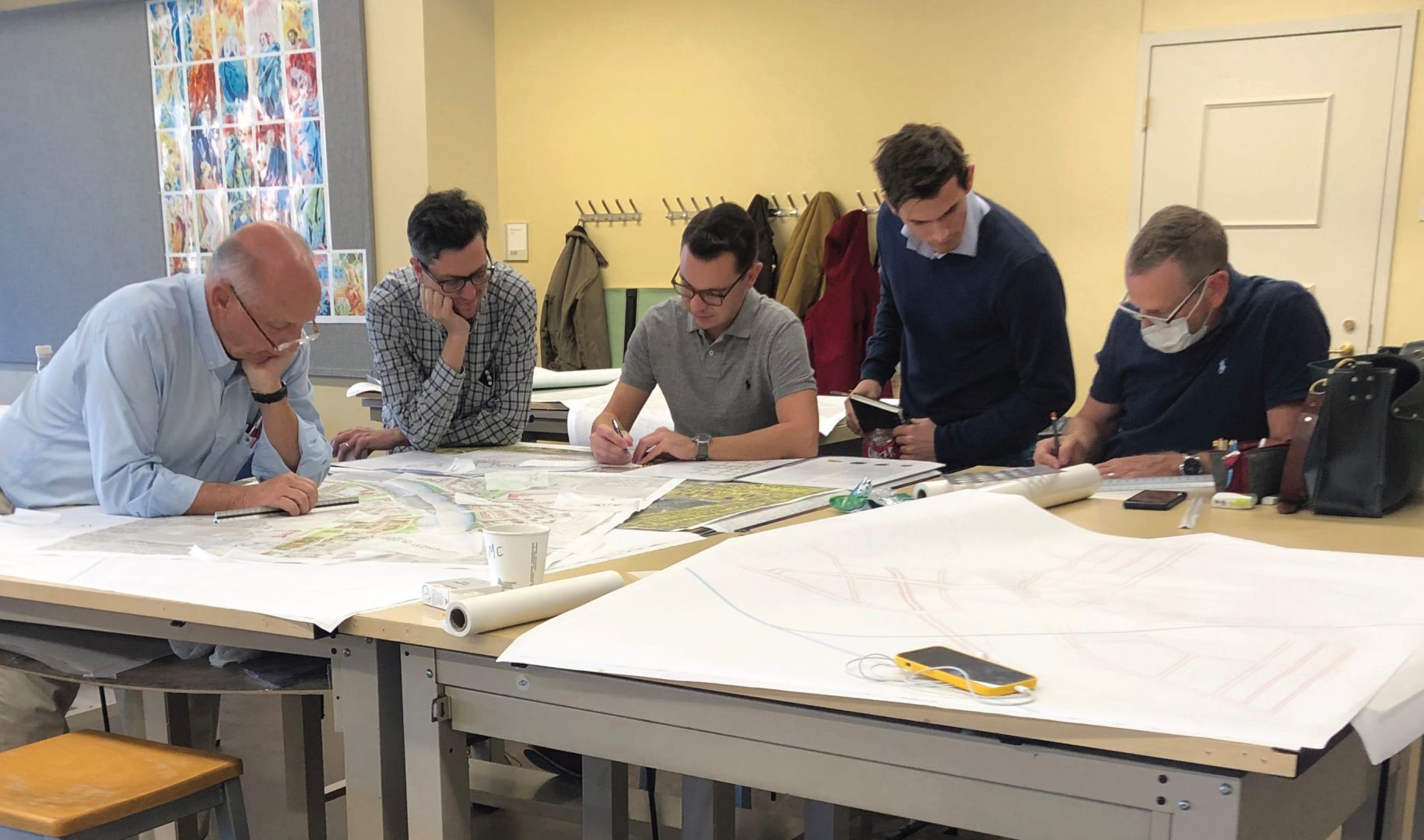
Who else deserves some credit and recognition?
I would first attribute my love of architecture and my passion for cities to Pittsburgh, the city where I grew up. It is a place that I feel is under-appreciated by architects and urbanists in particular, but has a lot of lessons to offer design professionals. It has a human-scale as well as a human spirit that is inspiring. Pittsburgh is made up of many, many distinct, compact, and walkable neighborhoods–the way any good city should be. And it has a character and culture that is unbeatable by any place that I have ever lived or visited.
I would secondly like to acknowledge the School of Architecture at the University of Notre Dame for impeccable instruction in design, as well as the philosophy of cities and city building. This institution is an outlier in architectural academia, focusing on the classical principles of architecture and traditional practices of urban design as a theoretical foundation for how we build. And although they are vehemently ridiculed for this curriculum by many, my education at Notre Dame was absolutely foundational in my understanding of how a building goes together, how buildings are put together to form urbanism, and how we create places of long-lasting value and delight.
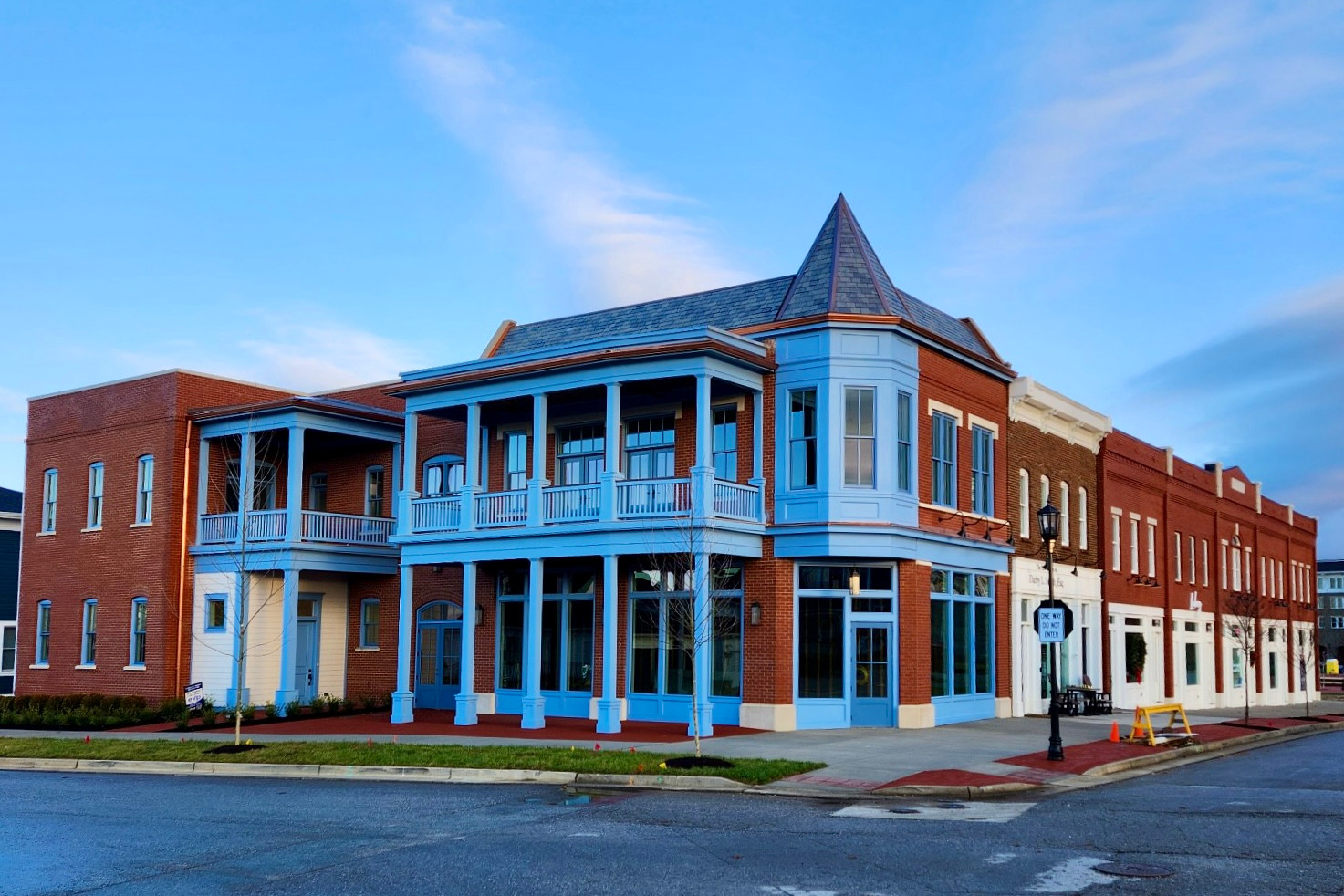

Website: amcplans.com
Instagram: “amcplans” and also “the_precedent_library”
Linkedin: www.linkedin.com/in/anthony-m-catania-aia-ncarb-cnu-a-0740248a
Other: https://www.linkedin.com/company/amcplans/
